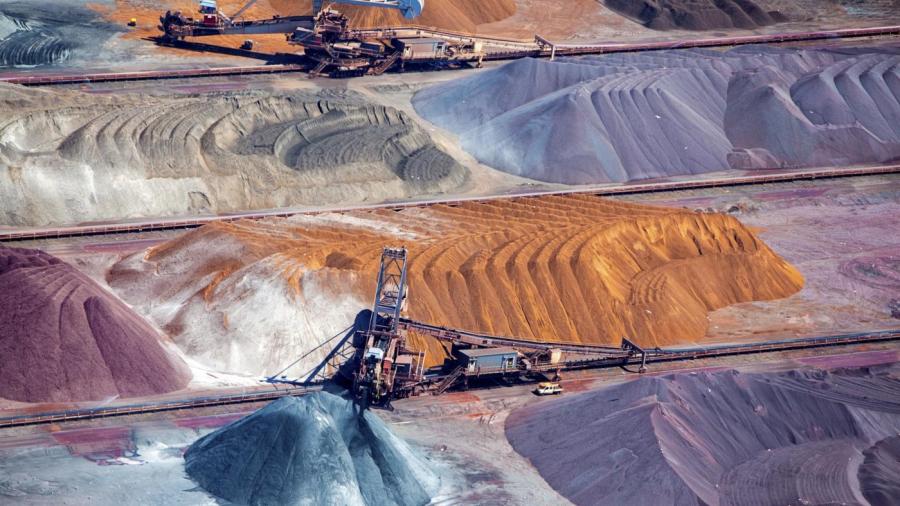Where Do Fossil Fuels Come From?

Fossil fuels come from organic matter that has decomposed under the intense pressure and heat of the Earth’s crust. Fossil fuels are primarily carbon based, although some fuels, such as methane, have higher ratios of hydrogen to carbon. The production of fossil fuels usually takes millions of years to complete. Coal, natural gas and petroleum are all examples of fossil fuels.
Fossil fuels are the world’s leading source of energy production. They produce large amounts of energy when burned, even in small amounts. However, a side effect of burning fossil fuels is the production of greenhouse gases, which are released into the air, and insulate the planet. It is believed that greenhouse gases can cause widespread environmental damage and are a possible cause of global climate change.
Another side effect of the usage of these energy sources is large amounts of acids that are released into the atmosphere, resulting in acid rain. Radioactive elements are also released into the air when fossil fuels are burned. The use of fossil fuels predates recorded human history. Coal was the earliest fossil fuel used by man, and was burned in furnaces to smelt metal ores. The usage of petroleum began in the 19th century.





